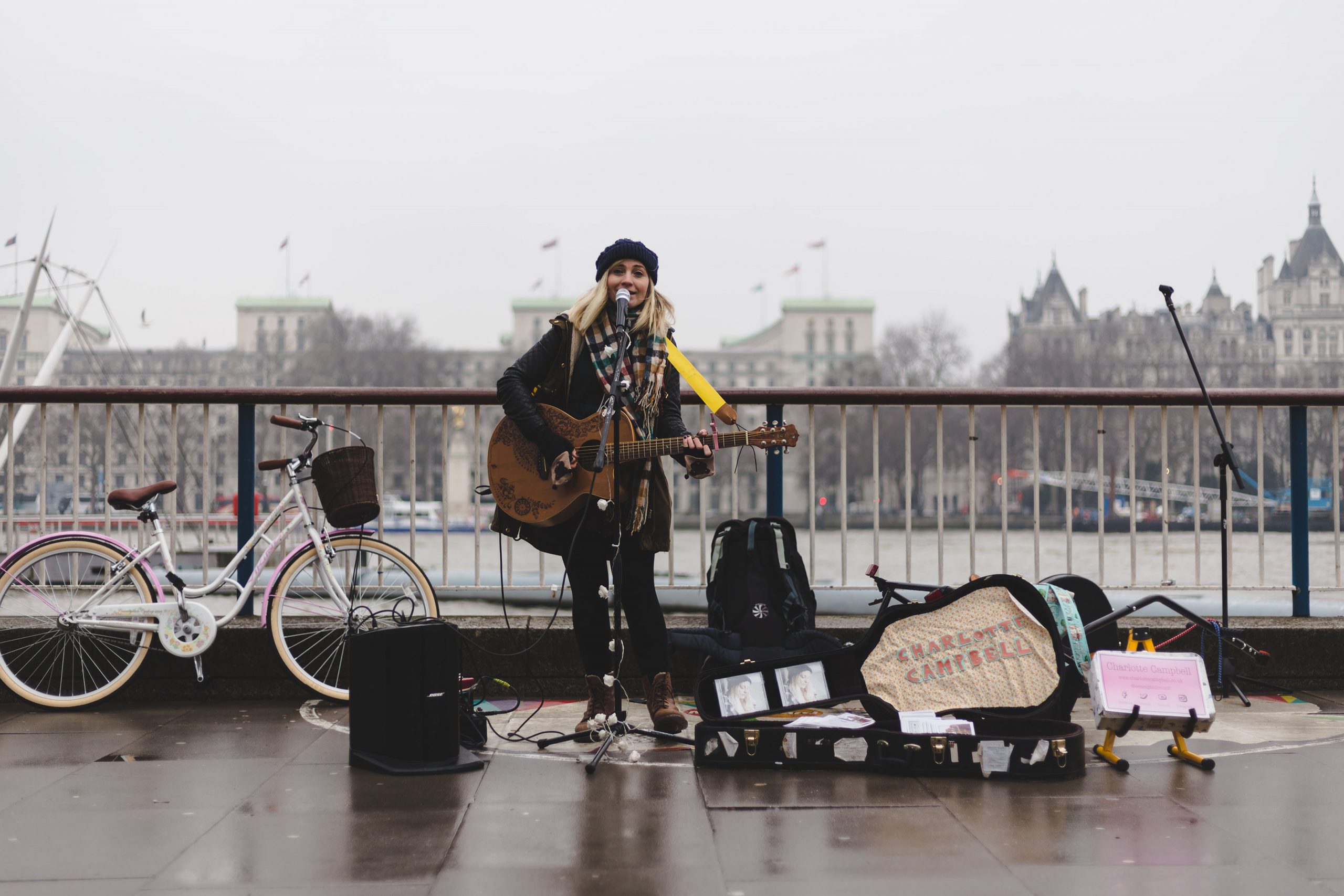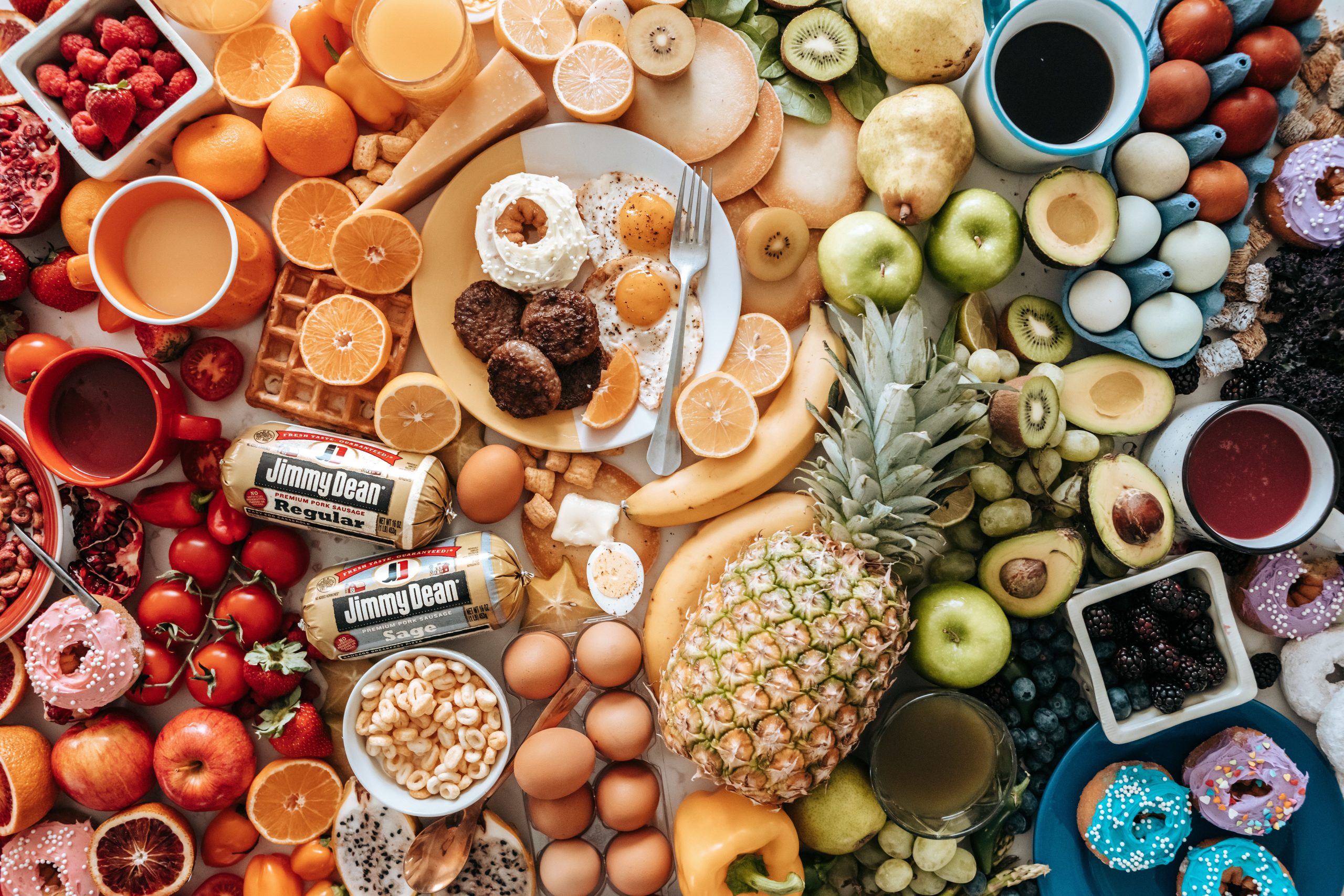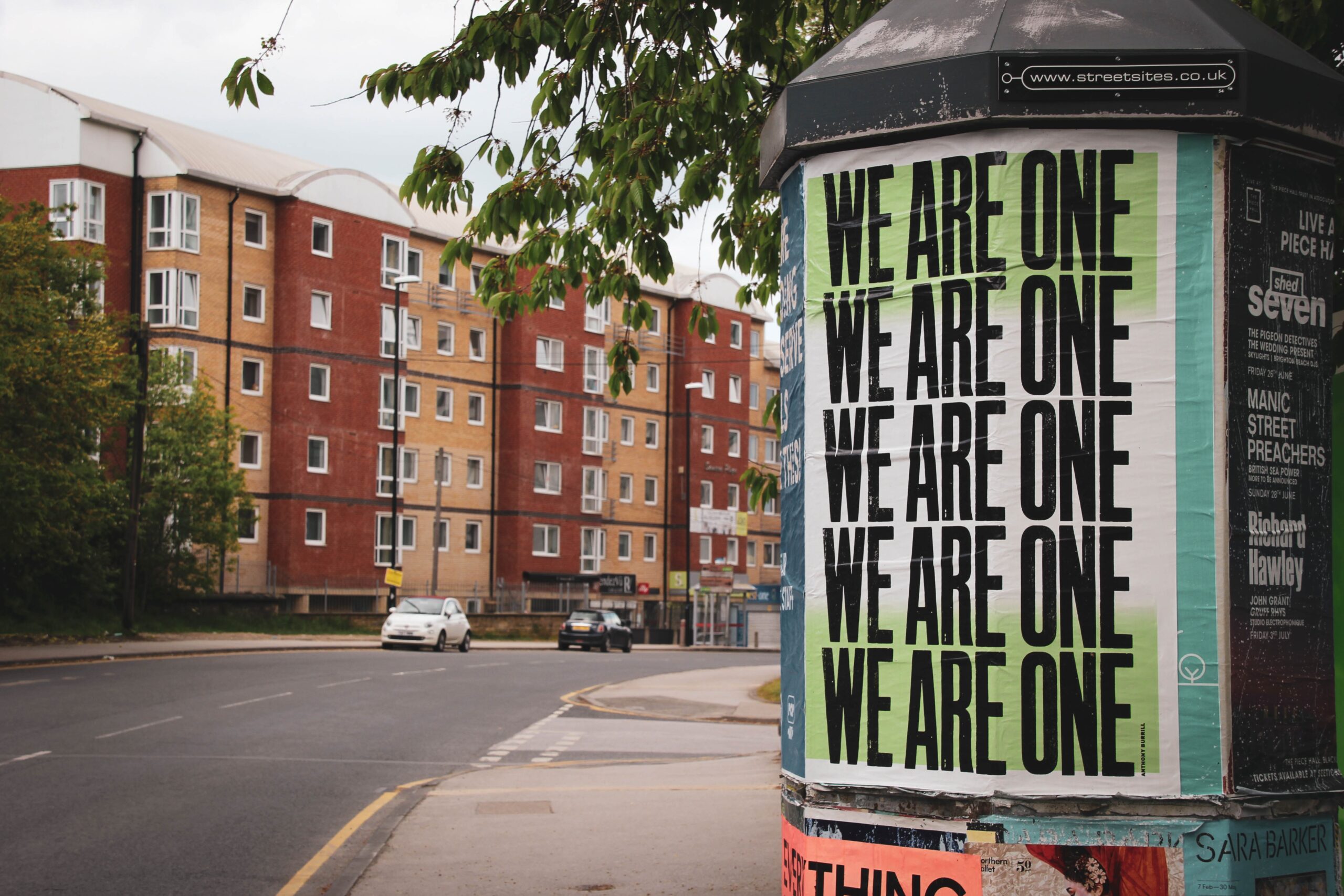
Over the course of the pandemic, unemployment in the arts has cut deep – perhaps deeper than any other industry. The New York Times have called it a looming ‘Great Cultural Depression’. Many actors, musicians and writers have clung on – despite slipping through the furlough net, or witnessing endless setbacks – only to find themselves facing predictions that their sector won’t ‘recover’ for five years at best.
Yet the truth is that the problems in the arts pre-date Covid. The pandemic has accelerated a growing rot in our cultural sector. The arts need help – more than that, the arts need change. Somehow, it’s become not just accepted, but ingrained that being an artist means precarious work, completely uneven shouldering of risk, and high barriers of entry for anyone without privilege to stand on. Public opinion sees all that as the price to pay for ‘doing something you love’, and artists have accepted those sacrifices. But it’s certainly not the only way the arts could work. And after the pandemic, it remains to be seen whether it really will continue to ‘work’ at all.
The state of the arts
Money is a problem in the arts. Not the lack of it, but the distribution of it. As with many things in our society, the wealth gravitates towards a minority. Those who have “made it” are the obvious ones, but more significantly I’m talking about the managerial class who create stable jobs for themselves on the back of precarious workers. This trend is increasing, and will continue, for as long as this group consolidate their power and, in turn, transform the cultural sector towards their primary goal (ie. making lots of money, whatever they might say to the contrary).
One new example of this is Hipgnosis, a UK investment fund that treats songs as financial assets. This means they buy up the rights to songs, like Bob Dylan’s back-catalogue – whereupon their goal is to increase the value of said songs for their new owners – eg. giving them prominence on streaming platforms, getting them placed in adverts, films and squeezing all the nostalgia they can out of them. But, of course, they’re only likely to buy songs from artists who are already a safe bet, most likely older artists willing to cash in their pension, as it were. They want already-proven “hits” that can be squeezed anew, and why not: Journey’s “Don’t Stop Believing'” was streamed 10 million times a week in the last year.
Nothing reveals the truth more than that moniker “content creator”. The frame is the focus: you just fill it.
Putting aside the many questions this raises – and I think there are very pertinent questions about what this trend does to our culture – just ask yourself this: how can a sector of the economy worth £92bn – more than oil and gas, life sciences, aviation and the car industry combined – be creating steady, profitable jobs for investment funds, or PR companies, but be notoriously, flagrantly unstable for the actual art creators making work now? To the extent that the phrase ‘starving artist’ is a cliché?
It’s because the priority is the machine, the investments, the shareholders – not those doing the work. Nothing reveals that truth more than the moniker “content creator”. The frame is the focus: you just fill it. This ready acceptance of precarity is part of what made the arts uniquely unprepared for something as destabilising as a pandemic.
What hurts the arts, hurts our society
So far, so capitalism. But these trends, applied in the arts, have an outsized effect on our wider, communal life in our country. In a nutshell, what hurts the arts, hurts our society.
Culture and community are so interwoven as to be essentially the same thing. Culture is both the basis of community and the outworking of community. What affects our cultural spaces, affects the very core of our common life. In this case, if money is the driving factor in the making of art and culture, then our communal life itself becomes commodified. Our ways of gathering together, to sing songs, or watch games, or hear stories, happen in the shadows of vast advertising billboards, or on the stages of bizarre game shows.
Author and painter Makoto Fujimura puts it like this:
An industrial map in the mid-twentieth century colored New York’s Hudson River black. The mapmakers considered a black river a good thing—full of industry! The more factory outputs, the more progress. When that map was made, “nature” was widely seen as a resource to be exploited. Few people considered the consequences of careless disposal of industrial waste. The culture has shifted dramatically over the last fifty years. When I share this story today, most people shudder and ask how anyone could think of a polluted river as good. But today we are doing the same thing with the river of culture. Think of the arts and other cultural enterprises as rivers that water the soil of culture. We are painting this cultural river black—full of industry, dominated by commercial interests, careless of toxic byproducts—and there are still cultural mapmakers who claim that this is a good thing. The pollution makes it difficult to for us to breathe, difficult for artists to create, difficult for any of us to see beauty through the murk.
Fujimura uses ‘beauty’ here in a very broad sense. It’s not just some pleasant ‘nice-to-have’, but the very humanness of life itself: meaningful human connection, spiritual revelation, joy, purpose, compassion: all of these things are threatened by a machine-like, money-driven approach to our own cultural spaces that alienates us from one another and any sense of community.
Yes, for now, art still flourishes in the dark, despite its constant manipulation: it’s a testament to its life and its potency, and of course to the many good people, inside or outside of the church, who strive for beauty and humanness against the tide. The many grants, funds and initiatives that exist are wonderful too, but they only underscore the fact that the ‘market’ approach to the arts doesn’t work on its own. Given the increasing pressure, soon it may not work at all.
Why should the church help? And how?
Frankly, I believe that everything I’ve described is the work of those ‘powers and forces’ that the Apostle Paul warned about: the dark influences warping human intent and appropriating good things for chaotic ends. As followers of Jesus, we long for our society to be more like the Kingdom of God, even though we accept that the work won’t be complete before Christ’s return – and in the arts, this has to mean overturning some tables, or rather, overturning the outdated concepts of work and value that have dominated our thinking (to the minority’s benefit) since the industrial revolution.
We should see the job of an artist as something like a carer: an unpaid, undervalued role, which nevertheless stops society from collapsing.
I began by mentioning just how much the arts are worth to our economy – but I no longer believe that the answer lies in simply paying artists more. Rather, we need category shifts in the way we look at art. Like Makoto Fujimura, we should worry about the state of our culture in the same way we worry about the state of our environment: because it affects all of us, and it reflects pretty poorly on us Christians if we are the ones neglecting it. Like Rookmaaker, we should see the job of an artist as something like a carer: an unpaid, undervalued role, which nevertheless stops society from collapsing.
If we haven’t seen in the past year how much we need culture-makers – the ones who cultivate our shared social spaces – then I can’t imagine what will convince us. But if artists are indeed carers of sorts, then expecting them to simultaneously make their work economically viable, while they keep our local communities alive, undermines everything.
To create a new model for artists is indeed a big feat of the imagination. But as Ursula LeGuin said:
We live in capitalism. Its power seems inescapable. So did the divine right of kings. Any human power can be resisted and changed by human beings. Resistance and change often begin in art.
I love that Sputnik can give out £500 grants to a few artists a year – it’s a joy to be part of. But we haven’t begun to change the power dynamic at play. We want to think much bigger, and I long to see the church catch the vision for how important, and spiritually revitalising, change in the arts could be. For now, why not let your own imagination run for a minute: if we accepted that artists play a necessary social role, but an essentially unpaid one, how do you think the church should treat them? And what could we do, right now, to make that role possible? If we don’t start asking ourselves that, it may stop being feasible altogether.














